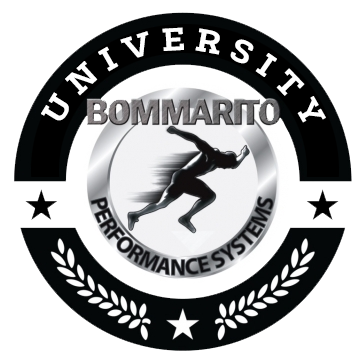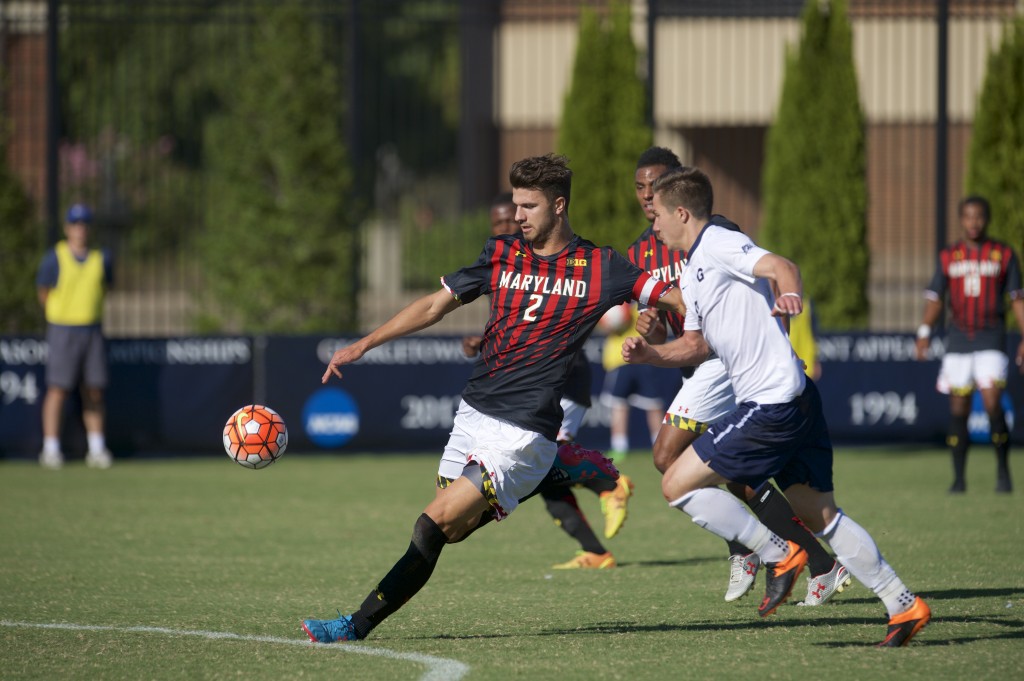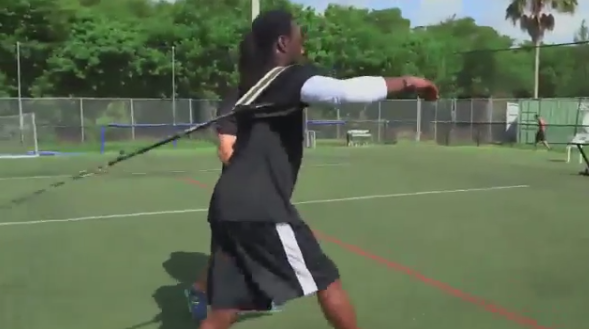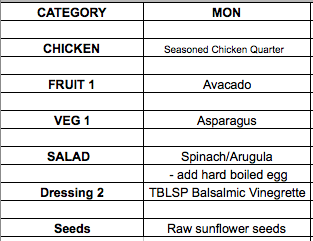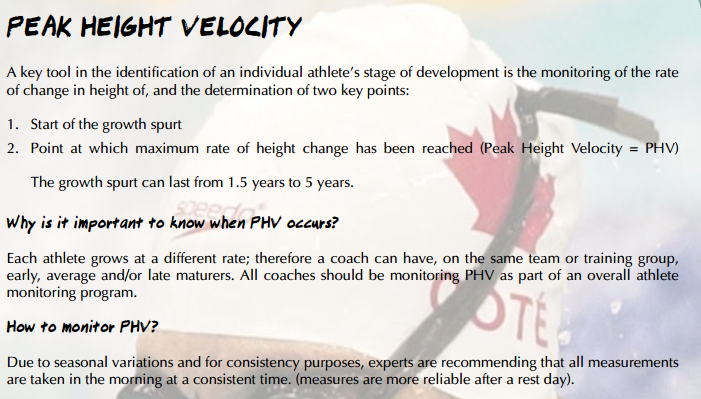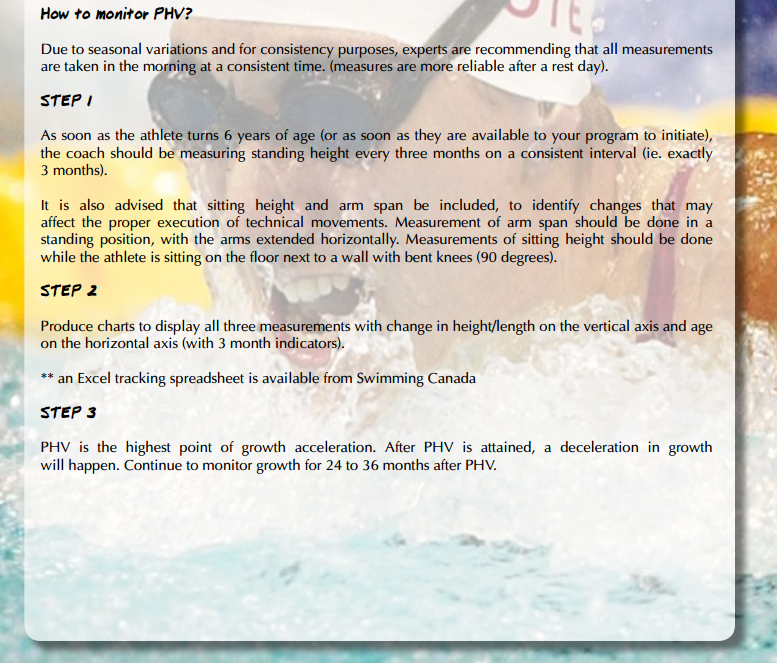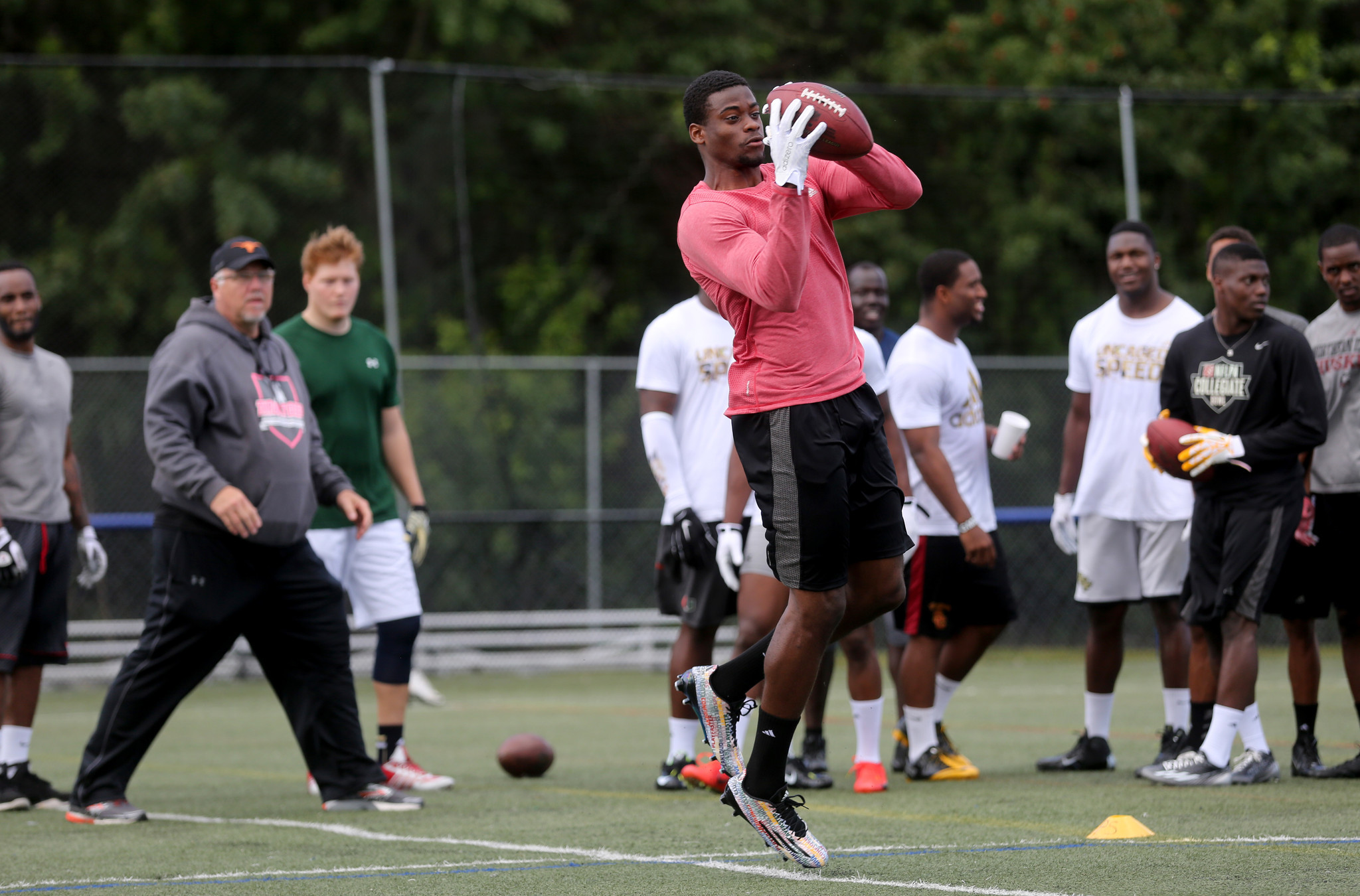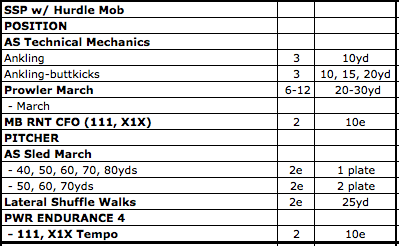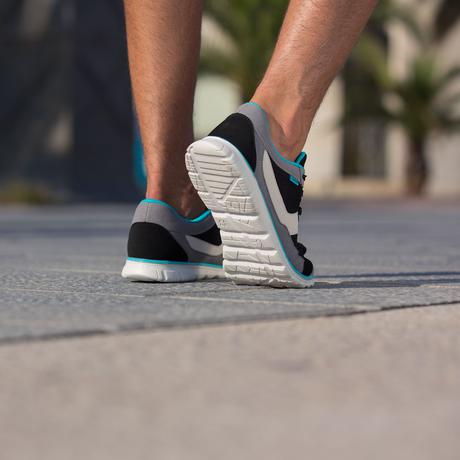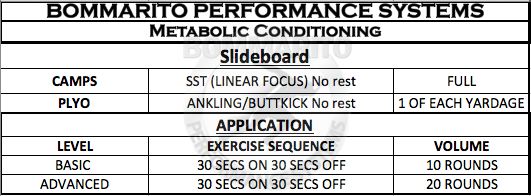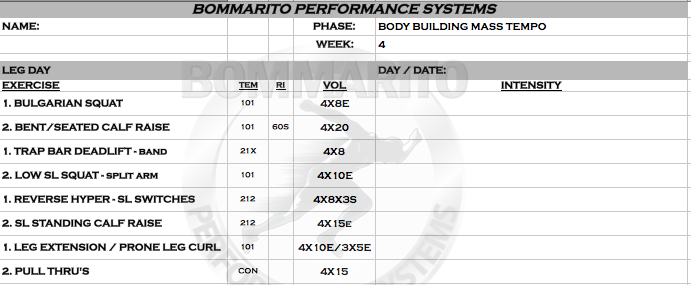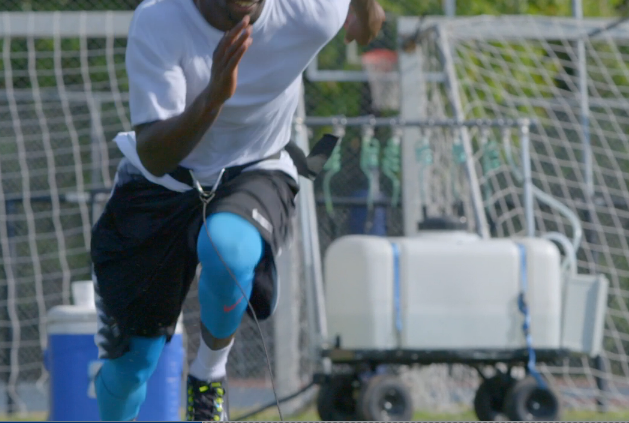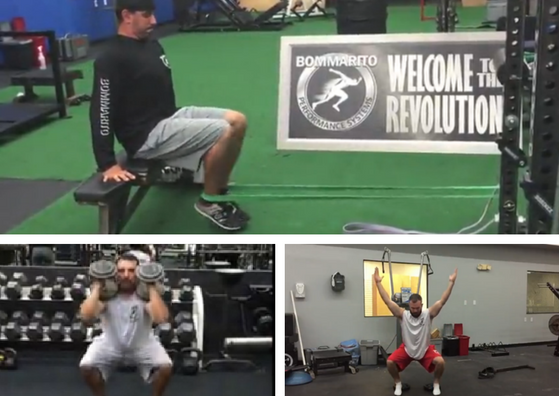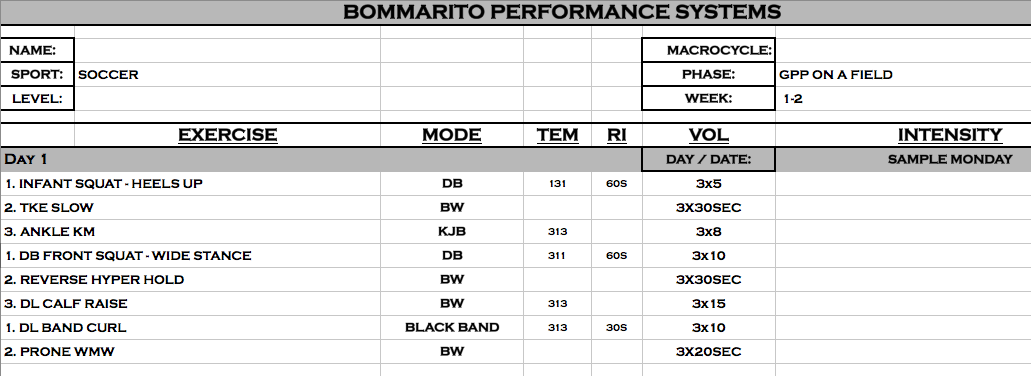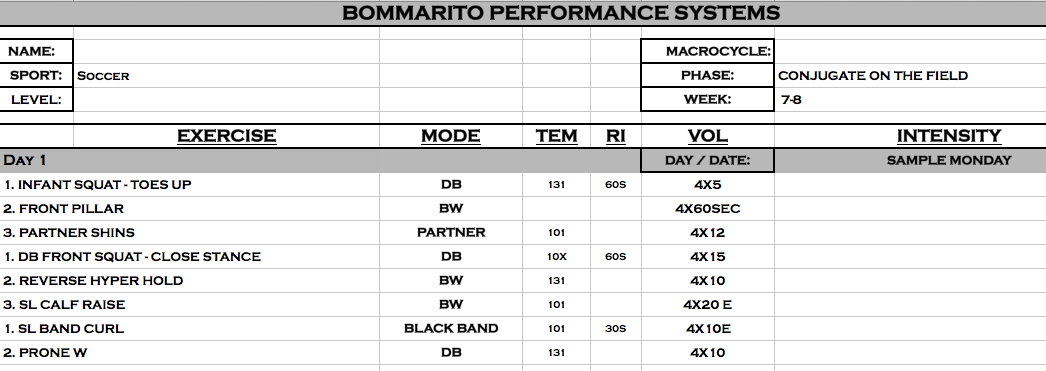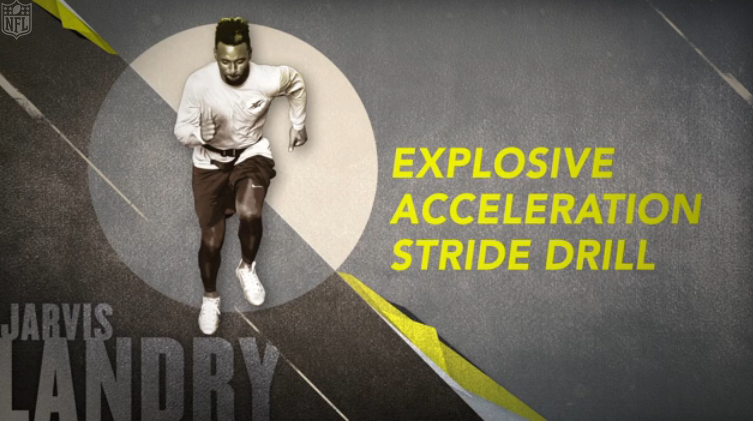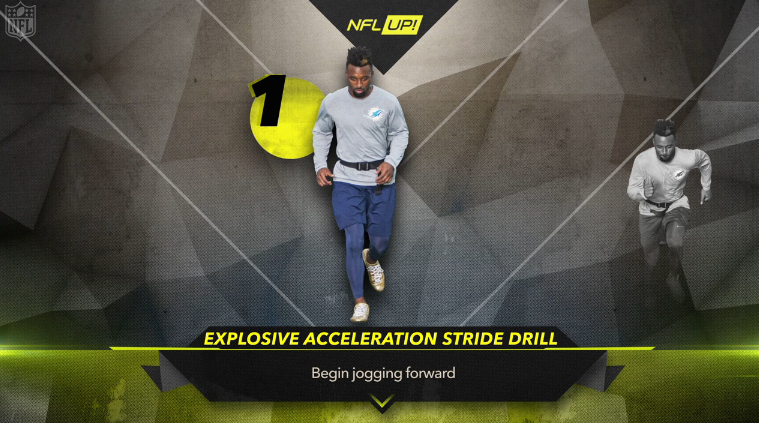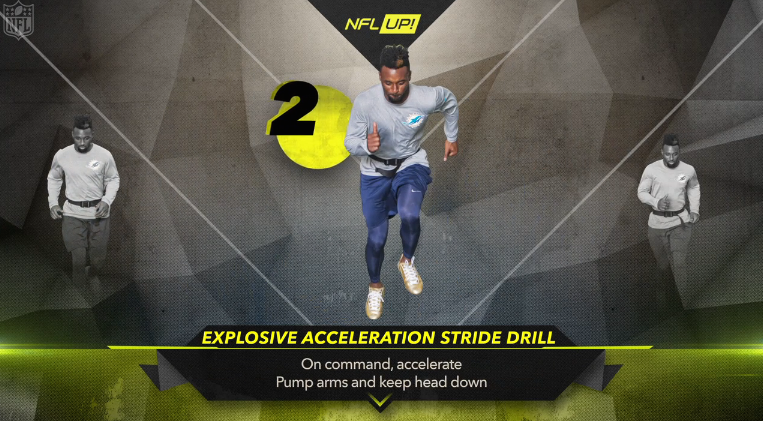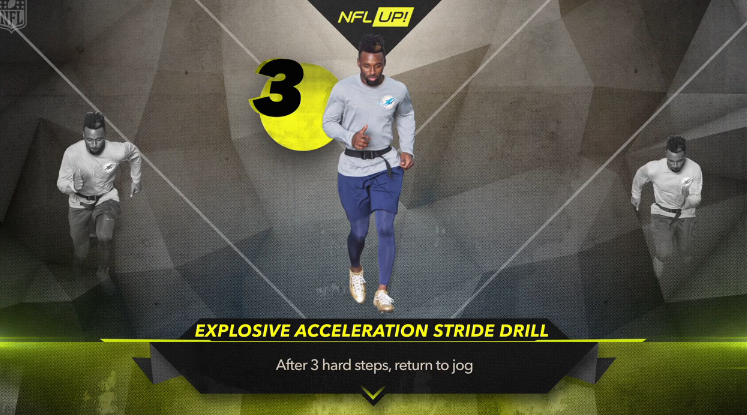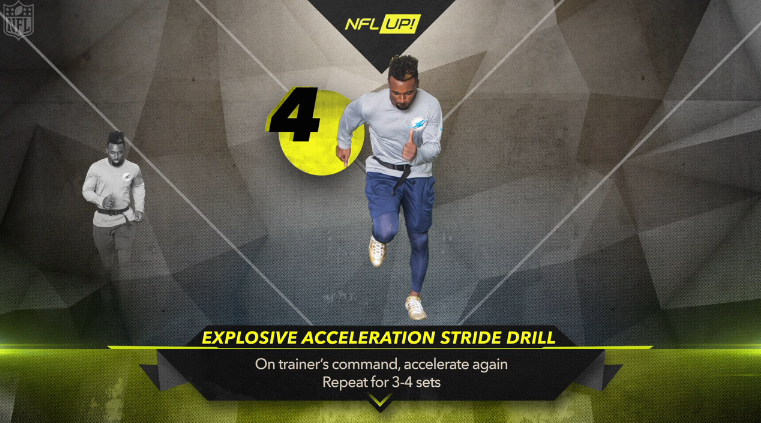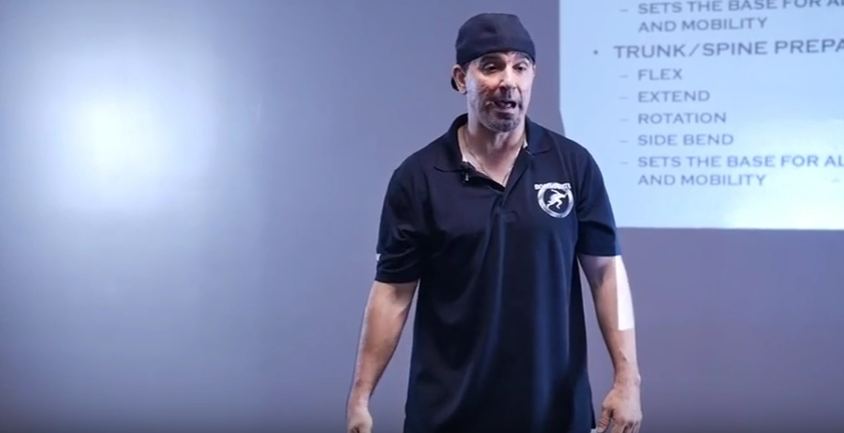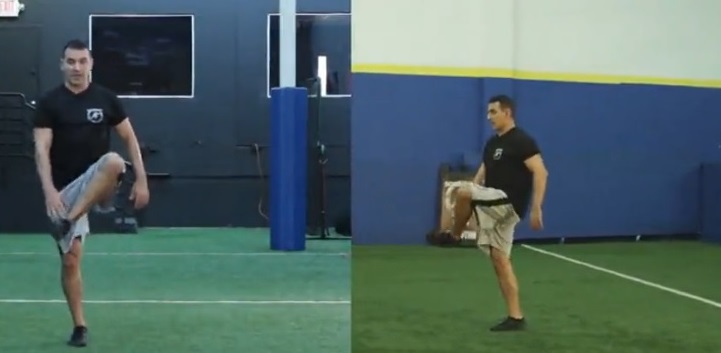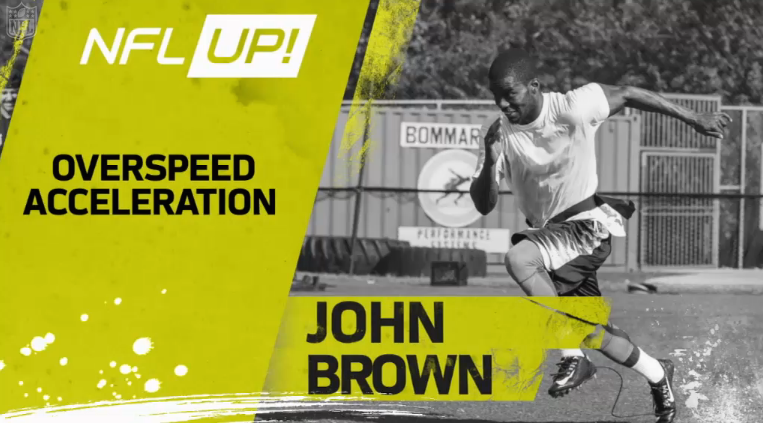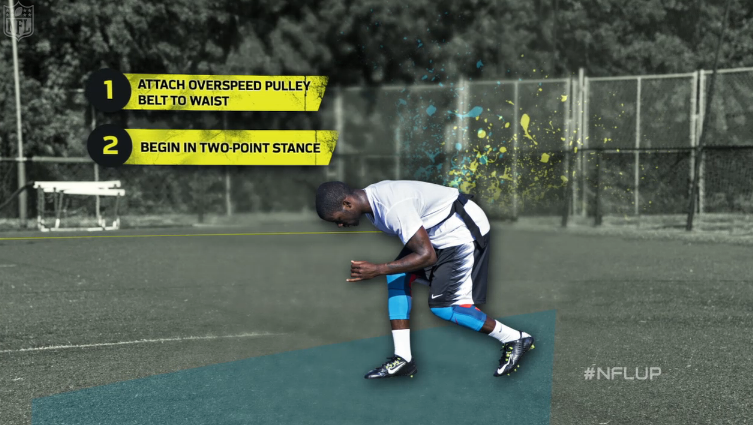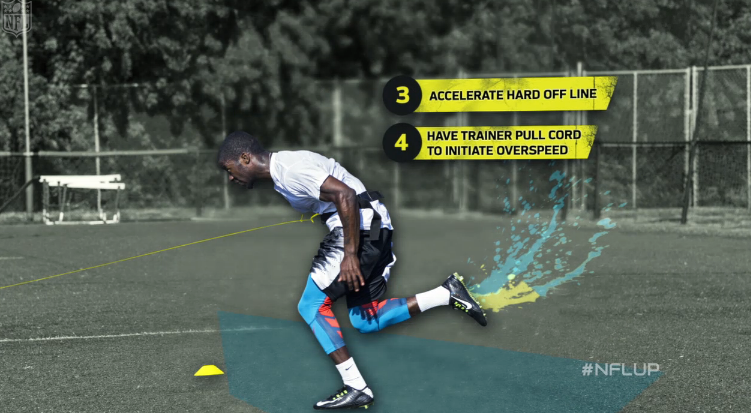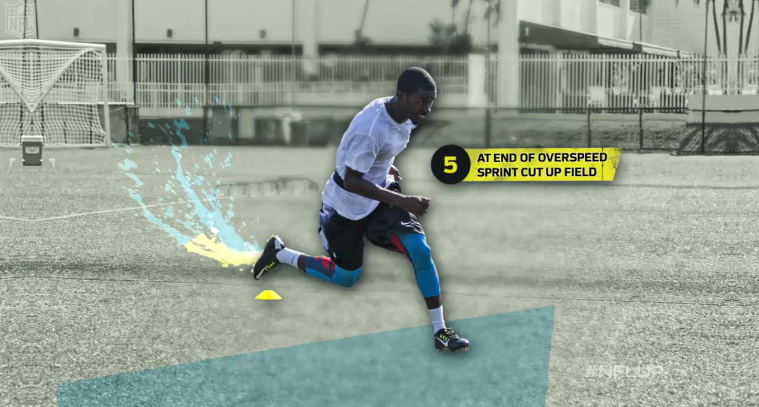Football Running Back Specific Scripts
Below is an article written by NFLUP based on our BPS principles and athlete feedback. This reading is a preclude to the example running back specific weightroom and movement scripts scripts and will help you understand our concepts.
New York Giants running back Rashad Jennings is coming off a monster week, rushing for 176 yards in a 30-17 win over the Houston Texans in Week 3. Having a unique workout regimen, Jennings writes about how he prepares for game time.
I start every speed/movement/conditioning workout with a preparation sequence specifically designed for the foot and ankle. As a running back, there is so much emphasis on quick decelerations and burst into re-acceleration, aggressive change-of-directions and the ability to cut off either edge of either foot at any angle.
The systematic sequence I use for preparing the foot and ankle joints includes:
1. Absorbing force
2. Accepting body weight
3. Redirecting the force
This sequence keeps the joints in my foot and ankle strong, stable and able to absorb and redirect high levels of force to safely and efficiently perform all of the movements required of a high-level running back.
I have a team of medical specialists that help to keep my body in the perfect aligned state. My medical team doesn’t just rehabilitate injuries or regenerate my body for the season; it ensures that my joints are aligned properly and my muscles are consistently at their maximum capabilities of contracting. A running back’s body takes a lot of abuse. This systematic approach of using over a dozen different medical disciplines over the course of the offseason keeps my workouts as efficient as possible, without adding any unnecessary stress to the joints.
New York Giants running back Rashad Jennings keeps his legs strong with these weighted squats. (NFL)
My workouts in the weight room incorporate everything. Too many times in training, people get stuck on doing only what they enjoy, or what they’re good at. To be a high-level athlete where speed, strength, power and agility are a premium, you need a constant dose of different types of training mechanisms.
I strive to intelligently incorporate everything, including:
» Free weights to maximize neural development
» Machines to isolate specific muscles, especially the “weak links” in my overall chain
» Power based exercises
» Maximum strength multi-joint lifts
» Variable loading to focus on accommodating resistance – both maximum strength and power-based exercises
» Trunk/spine exercises – strength, power and isometric based

Want to see more great tips from the NFL elite? Visit NFL Up! for videos and tips to get football fit. More…
I put a premium on linear speed. Many people talk about it not being “sport-specific.” Linear speed is general, but it gets my muscles prepared properly in all different phases: dynamic strength, endurance, power, high-speed eccentric loading, etc. Sometimes it’s necessary to train the muscles, not try and recreate the motions for a position or a sport. Training needs to be aggressive, but well thought out. Even though straight line and linear speed might not exactly apply to my motions on the football field, it definitely prepares my muscles properly to execute football moves.
When it is time to incorporate specific motions and movement patterns that are required at running back, it needs to be quick and to the point. No wasted motions and no wasted reps. The patterns I incorporate include:
» Jump cuts
» Quick jump cuts
» Inside edge cuts
» Outside edge cuts
» Planned cuts
» Unplanned cuts off of a visual/verbal stimulus
» Rounded multi-directional motions (specifically for passing routes)
» Deceleration/Re-acceleration
» Resisted work
» Assisted work
As a running back, I am dedicated to putting 110% into aggressive, intelligent physical preparation. When position-specific work is intelligently incorporated into my overall program, it produces tremendous benefits. This advanced form of training properly focuses with the right amount of volume and intensity. Timed appropriately throughout the offseason, this ensures that I’ll build up an adequate base of power, speed, endurance and agility to maximize my contributions on the field.
Jennings would like to thank everyone at Bommarito’s Performance Systems in Miami, who designed specialized programs that include the components described in this post. To see a full workload from the breakout back, check out his NFL Up! workout page.
Rashad Jennings is a 6-year veteran NFL running back currently playing for the New York Giants. He established the Rashad Jennings Foundation, which provides mentorship for individual success while promoting health and fitness worldwide.
Football Running Back Specific Scripts
Weightroom:
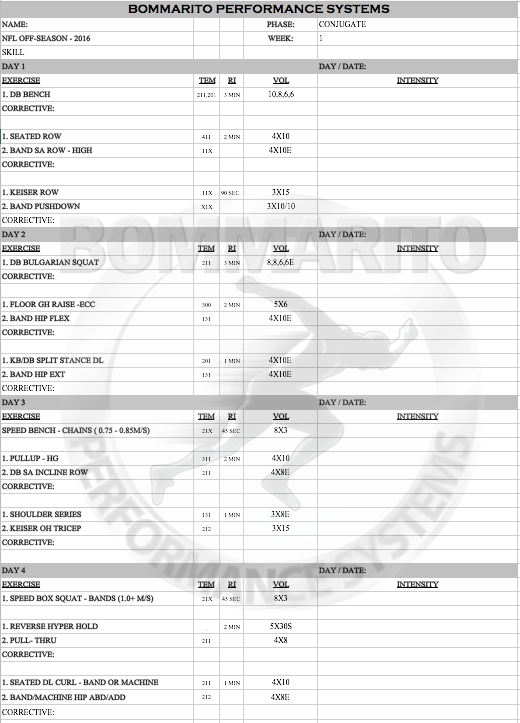
Movement:

